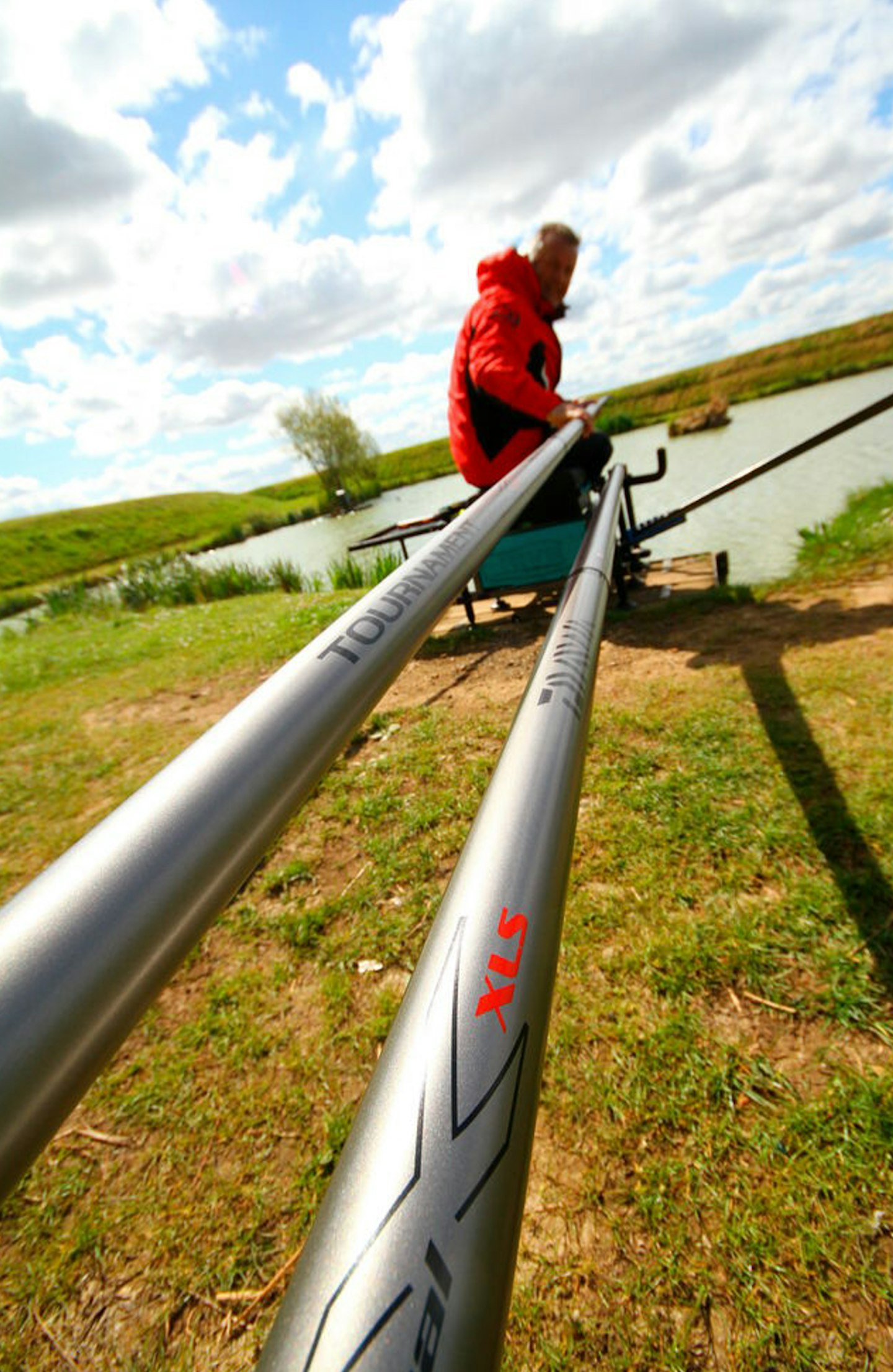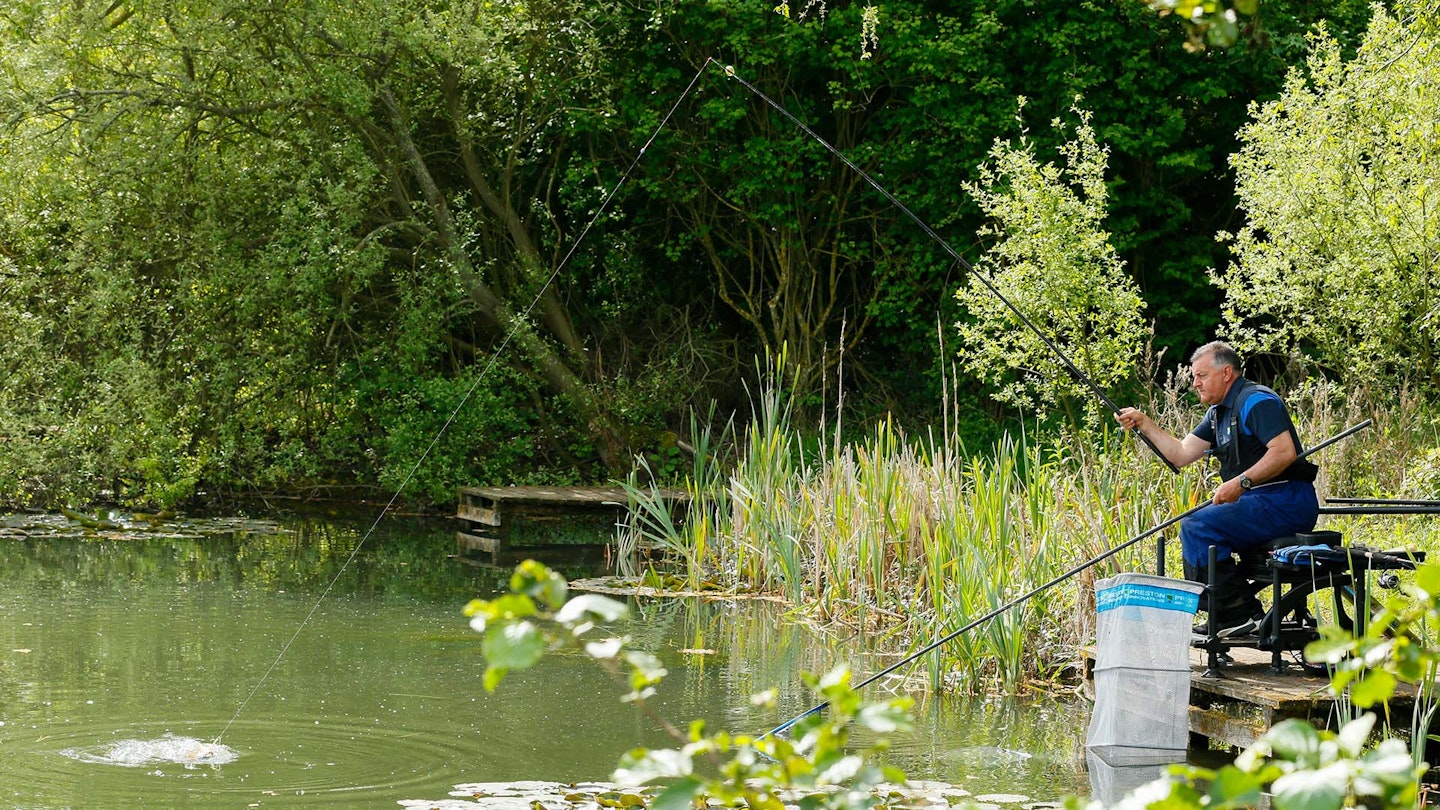Buying a new pole can be quite a daunting experience, because there are literally thousands to choose from on the market.
You’ve got margin poles, power poles, silvers poles, flagship poles and all-rounders – in all lengths and package sizes. You’ll also find that in the case of many top-end models, the spread of prices across the different types of pole is pretty varied too. So, to help you make the right choice, follow our 10-point guide to buying the right kind of pole for your angling needs – and your wallet.
KNOW YOUR BUDGET
Before you even begin to look at poles, think hard about your budget. If you’re just starting out, you won’t be needing to spend thousands on an expensive flagship model. Have a price in mind and stick to it.
HOW LONG SHOULD IT BE?
Think about where you go fishing. Unless you regularly fish snake-style lakes, commercials with islands, or rivers and canals, then paying for 16m of carbon is a waste of your money. There are plenty of really good 13m poles that’ll cover most other commercial fishery scenarios.
STIFFNESS AND BALANCE
A pole’s balance, weight, stiffness and strength are all very important factors. Consider this – the lightest one you can find may not be best for you, especially if you’re a bit heavy-handed. If it’s always windy where you fish, then a slightly heavier pole will be easier to handle, as they’re a little less prone to being blown around in the breeze.
HOW SHOULD IT HANDLE?
Think ‘rigidity’. The rule of thumb here is that the pricier the pole, the stiffer or more rigid it is likely to be – and the stiffer it is, the easier it will be to fish with. If you pick up a pole and it bounces around like an old stick of rhubarb than it’s going to handle very badly.
FEEL THE BALANCE
Assemble the pole at its full length, sit on a seatbox, and lift upwards as though you were striking into a fish. The end of the pole (the pole-tip) should lift quickly and cleanly. Many models will dip down a little before they lift, but don’t panic. As long as it isn’t an exaggerated movement, and the pole-tip doesn’t bounce around wildly after the initial strike or lift, then it should be fine.
WHAT ABOUT SHIPPING?
A ‘must-have’ for any pole is a non-stick finish that allows you to ship it in and out without having it catch in your hands. Nearly all poles have this special coating, but it tends to be only across the larger butt sections, where it’s needed most often. It’s still a must!

SPARES AND BREAKAGES
Poles are not immortal. They aren’t immune to breakages nor accidents, for they are by their very nature fragile and brittle carbon-built things of beauty. So you need to make sure that spare sections and top kits are readily available. Most of the big-name manufacturers carry spares that can be replaced quickly without fuss. But always ask your retailer about spares availability before you buy.
GET THE KNOW-HOW
If you have friends who pole fish, ask them which model they use, and why they use it. One of the best ways to scout out a new pole is to have a quiet walk (with permission, of course) around any popular commercial fishery. Here you’ll see a forest of different poles, and you can watch them being used.
Look out for for rigidity (lack of bounce), ease of handling – especially if it’s windy – and quick, non-stick shipping. If you get to a fishery around two o’clock you can scope out plenty of poles, and with most matches finishing at three, after the all-out whistle has gone you can have a word with the owner of the pole you fancy to see what he or she thinks of it.
SPARES PACKAGES
Having lots of top kits is always handy, but a spare fourth section is even more important, because these come in for lots of use and abuse. A same-length cupping kit is another must-have accessory.
If the pole you’re after comes with a choice of top kit packages (for example, Match or Power) that suit your type of fishing, then so much the better.
Other essentials are pre-bushed top kits. These save time and money, and you can rest assured that the pole will be balanced.
It will come with its top kits ready for immediate use, and you won’t have to cut down any carbon as you would if you’d had to bush it yourself.
Side-puller kits are imperative on commercial carp venues. However, old-school Match top kits without side-pullers are fine for lighter, solid elastics, and will keep the pole’s weight down, providing better balance when fishing long from 14.5m upwards for silvers.
LOOKING AFTER YOUR POLE
Let’s face it, your pole is likely to be the most expensive tackle item you’ll ever buy, so you need to look after it. You can keep it clean by washing all the sections in the bath or spraying it through using a shower head. Cheap silicone sprays such as Flash Dash will help to keep the sections slick to handle.
Check for wear on the joints – the male fourth and fifth joints are normally the first to show signs of wear. If you find a little split in a joint, carefully run a drop of superglue into it as it will prevent further splitting. Nearly all the big manufacturers provide good spares services, but it pays to ask your local shop who they deal with, as this can sometimes help with speedy replacements.
